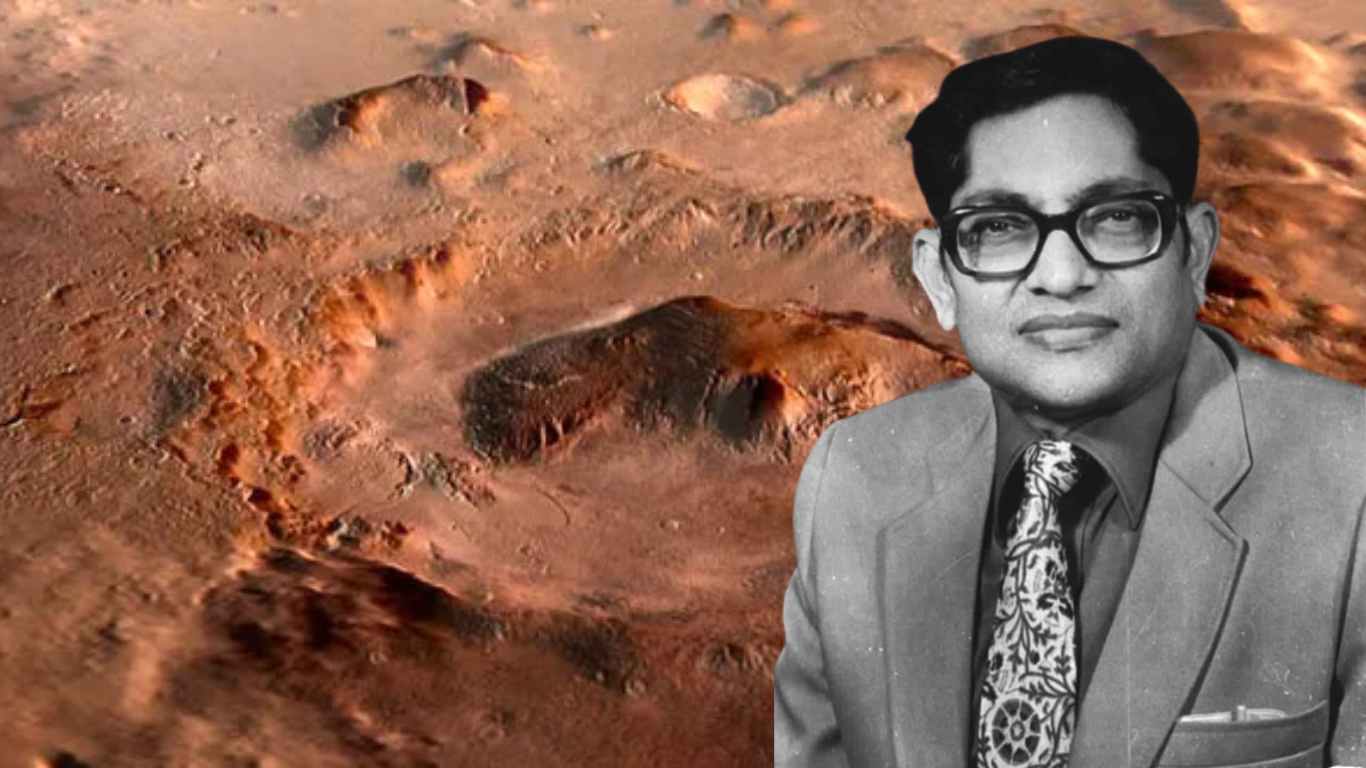The International Astronomical Union (IAU) has honored India’s contribution to science and cultural heritage. The IAU has recently named the three newly discovered craters on Mars located within the Tharsis volcanic region.
These craters received their official designations following recommendations from the Physical Research Laboratory (PRL) in Ahmedabad, India, marking a dual tribute to scientific achievement and cultural significance.
Lal Crater
The largest crater, spanning approximately 65 kilometers in diameter, was named “Lal Crater” in memory of Professor Devendra Lal. Professor Lal, who led PRL from 1972 to 1983, made significant contributions to cosmic ray physics and space research, leaving a lasting impact on the scientific community.
Mursan & Hilsa
Adjacent to Lal Crater are two smaller craters: “Mursan Crater” and “Hilsa Crater.” Mursan Crater derives its name from the town of Mursan in Uttar Pradesh, India, while Hilsa Crater is named after the town of Hilsa in Bihar, India. These names honor the cultural and historical importance of these locations, underscoring the rich tapestry that informs our exploration of space.
The discovery of these craters was made possible by SHARAD (Mars SHAllow RADar sounder), an advanced subsurface sounding radar aboard NASA’s Mars Reconnaissance Orbiter (MRO). SHARAD enables scientists to probe beneath Mars’ surface, revealing details about its geological composition and history.
In the case of Lal Crater, SHARAD identified substantial sedimentary deposits, providing compelling evidence of past water flow on Mars’ surface. This discovery significantly enhances our understanding of Mars’ climate history and potential for sustaining life, shedding light on the planet’s evolution over billions of years.
Also Read: Jupiter’s Turbulent Storms Echo Earth’s Seas: Unveiling The Cosmic Connection
















